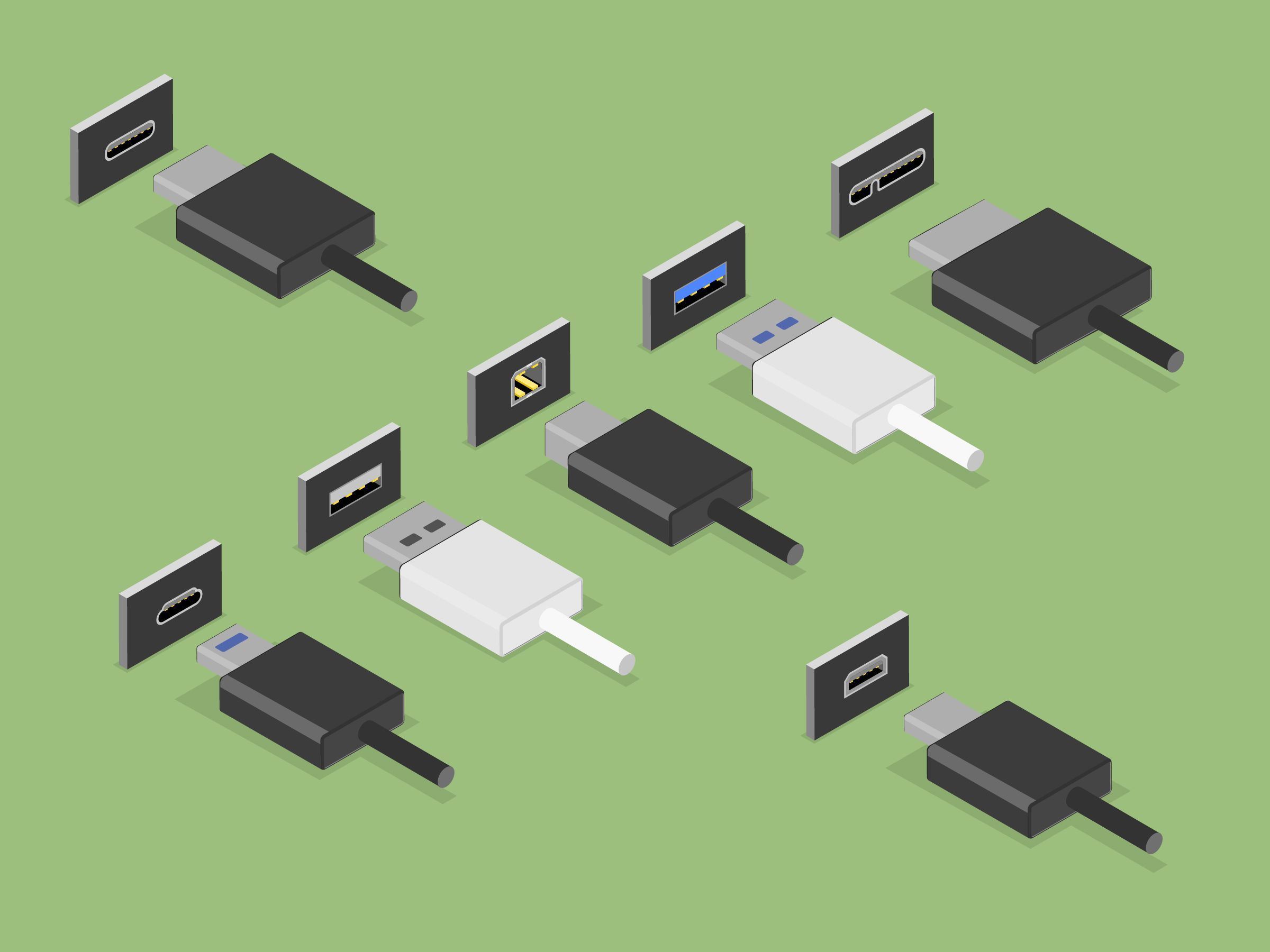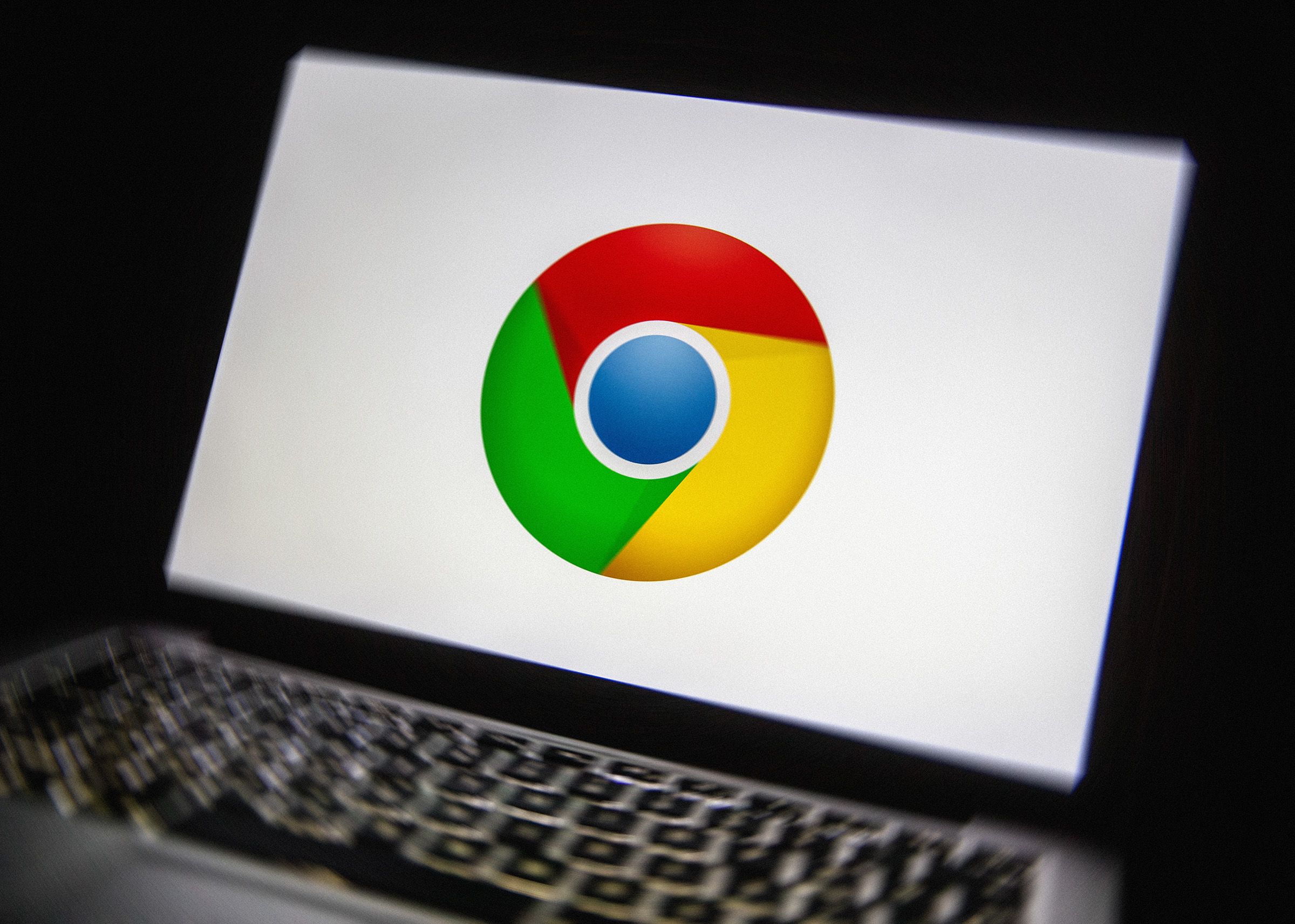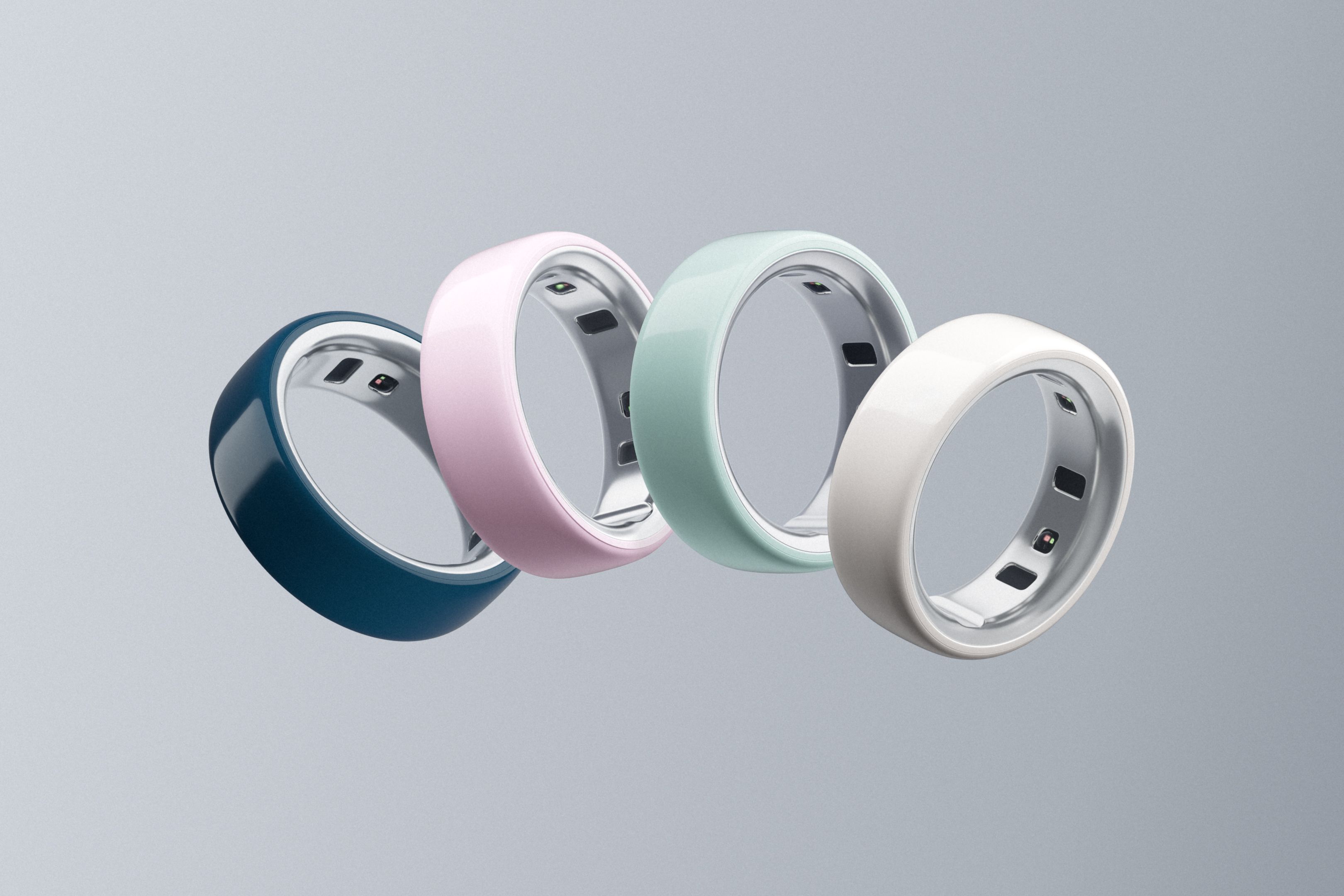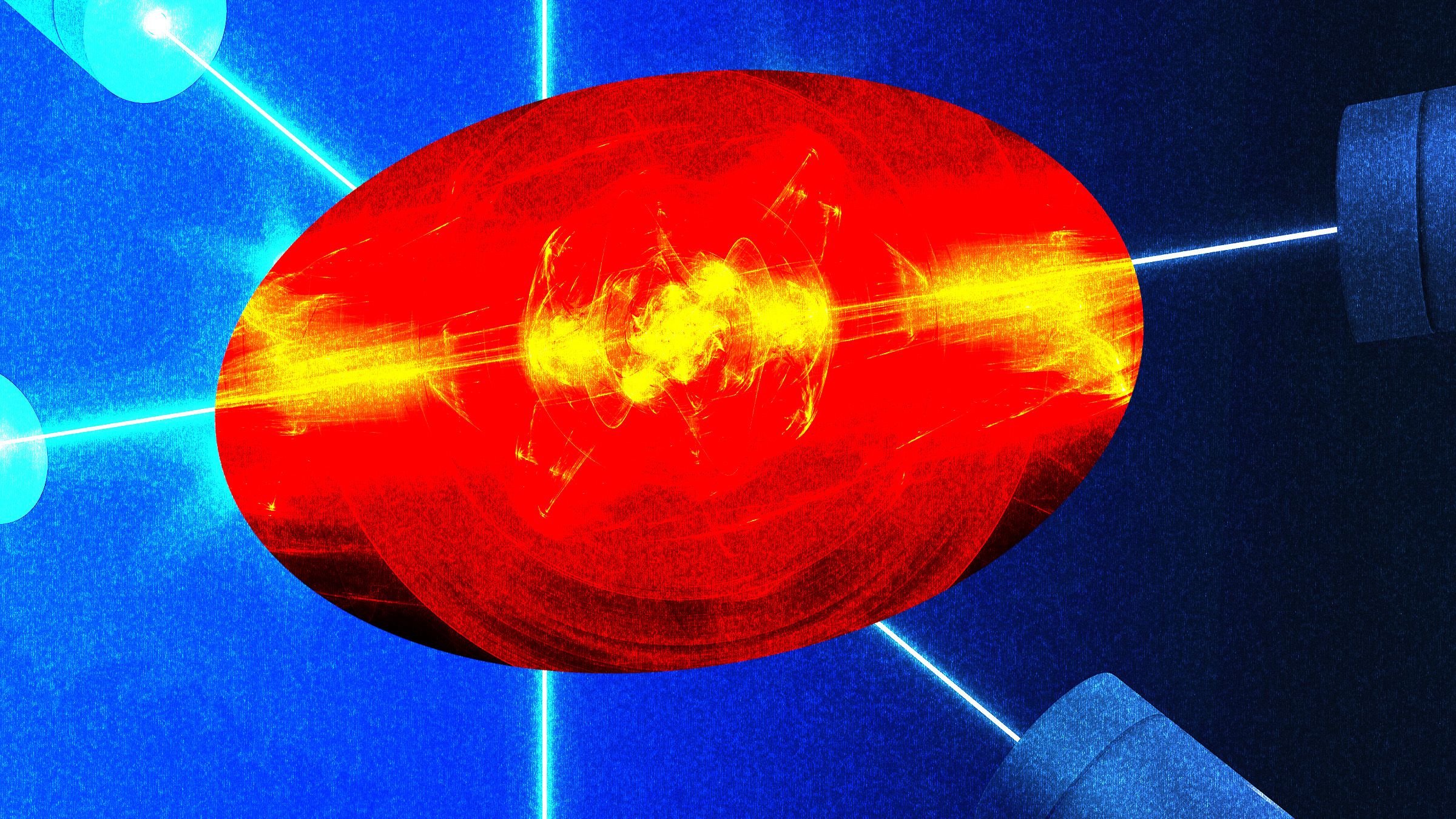Everything You Need to Know About USB Ports and Speeds (2025)
Everything You Need to Know About USB Ports and Speeds (2025)
USB ports are a critical component of modern computing devices, allowing for the transfer of data and power between…

Everything You Need to Know About USB Ports and Speeds (2025)
USB ports are a critical component of modern computing devices, allowing for the transfer of data and power between devices. There are several different types of USB ports, each with its own speed and capabilities.
USB 1.0 was the original standard introduced in 1996, with a maximum transfer rate of 12 Mbps. This was followed by USB 2.0 in 2000, which increased the transfer rate to 480 Mbps.
USB 3.0, introduced in 2008, upped the speed to 5 Gbps, making it much faster than its predecessors. USB 3.1 and USB 3.2 have since been released, offering even faster speeds of 10 Gbps and 20 Gbps, respectively.
USB Type-C is the latest USB standard, offering faster data transfer speeds and the ability to deliver more power to connected devices. Many modern laptops and smartphones now come equipped with USB Type-C ports.
When shopping for a new device, it’s important to consider the type of USB ports it has and the speeds they offer. Faster USB ports can greatly improve file transfer times and the overall performance of your devices.
In conclusion, USB ports and speeds play a crucial role in the functionality and performance of modern computing devices. Staying informed about the latest USB standards and technologies can help you make smart purchasing decisions and ensure that your devices are equipped to handle the demands of today’s digital world.







